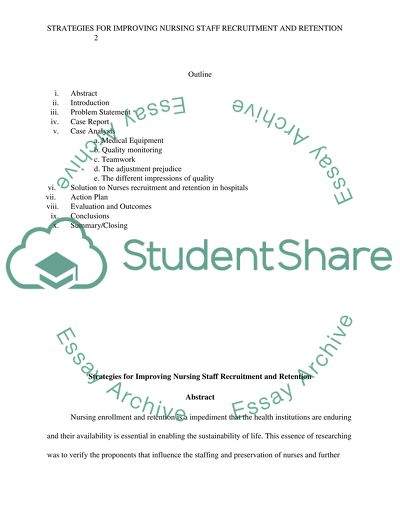Cite this document
(“Strategies for Improving Nursing Staff Recruitment and Retention Research Paper”, n.d.)
Retrieved from https://studentshare.org/nursing/1397712-strategies-for-improving-nursing-staff-recruitment
Retrieved from https://studentshare.org/nursing/1397712-strategies-for-improving-nursing-staff-recruitment
(Strategies for Improving Nursing Staff Recruitment and Retention Research Paper)
https://studentshare.org/nursing/1397712-strategies-for-improving-nursing-staff-recruitment.
https://studentshare.org/nursing/1397712-strategies-for-improving-nursing-staff-recruitment.
“Strategies for Improving Nursing Staff Recruitment and Retention Research Paper”, n.d. https://studentshare.org/nursing/1397712-strategies-for-improving-nursing-staff-recruitment.


